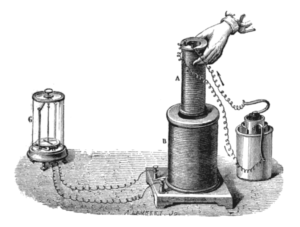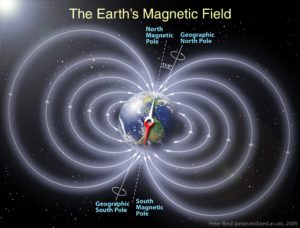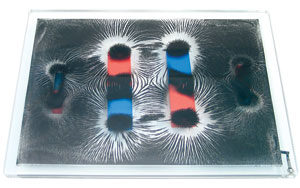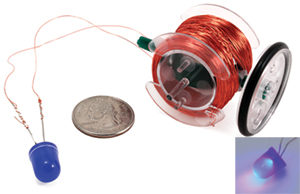 By Roy Bentley and Ken Crawford
By Roy Bentley and Ken Crawford
You’ve probably heard the expression, “A journey of 1,000 miles begins with a single step.” That’s certainly true of Educational Innovations‘ Transparent Alternator Kit. It’s a hands-on kit that visually (and vividly) demonstrates how electricity is created—the single step that has launched humankind into the technological age! Show your students the start of this fascinating path and they will begin their own journey.
Let’s face it: sometimes we don’t teach certain topics because we are not comfortable with the subject matter ourselves. Teaching about electricity can be one of those topics. So to help out, we have identified five essential things you should know—and teach—about this subject.
THE BASICS
1. We are surrounded by electricity every day.
Not only do we use electricity in our daily lives, it actually flows through us! It’s what makes our heart beat… and it can be found in the smallest atom and the biggest solar system!
Did you know? The Earth has a huge magnetic field. It extends from the North Pole to the South Pole. Because the core of our planet is filled with molten iron (Fe), there is a large magnetic field that protects the Earth from space radiation and particles such as the solar wind.
.
2. The discovery of how to control electricity and make it into a useful tool is something that was accomplished not so long ago.
In fact, it has only been within the past 200 years that scientists like Michael Faraday, Nikola Tesla, and Thomas Edison were able to figure out how to produce and control electricity.
Did you know? Benjamin Franklin carried out extensive electricity research in the 18th century, inventing the lightning rod, among his many discoveries. In the event of a lightning strike, the lightning rod conducts the strike through a grounded wire, protecting the building.
.
3. There is a basic concept to start with: electromagnetic force.
Electromagnetic force is a force associated with electric and magnetic fields. An electromagnetic field is the field produced by objects that are charged electrically. Electricity can be produced by the changing of a magnetic field. This phenomenon is called “electromagnetic induction.”
Did you know? Electric fields work in a similar way to gravity. However, whereas gravity always attracts, electric fields can either attract or repulse.
.
4. Scientists like Faraday determined that it was possible to produce an electric current by moving a magnet through a coil of copper wire.
Did you know? Have you ever wondered why birds sitting on a power line aren’t electrocuted? If a bird sits on just one power line, it is safe. However, if the bird touches another line with a wing or a foot, it will create a circuit, causing the electrical current to flow through the bird’s body. This can result in electrocution.

Drawing of Michael Faraday’s 1831 experiment showing electromagnetic induction between coils of copper wire, using a 19th century apparatus, from an 1892 textbook on electricity.
Image: Public Domain
.
5. Motors, transformers, audio speakers, radio transmissions, and generators use the phenomena of electromagnetism.
Did you know? Electricity travels at the speed of light—more than 186,000 miles per second. Yet it is possible for electricity to be in a variety of tools that we use every day.

Illustration showing the distance light travels between the Earth and the Sun.
Image: LucasVB/Public Domain
.
The key to teaching electricity is to become more familiar with the subject ourselves… and then we can teach it to our students! Using a teaching tool like the Transparent Alternator Kit (TAK) and the lessons provided with the kit can help you and your students actually visualize these things happening.
.
If you’d like to learn more about the Transparent Alternator Kit, check out these videos:
Here are several great resources about electricity:
http://www.physics4kids.com/files/elec_intro.html
http://www.physics4kids.com/files/elec_magneticfield.html
http://www.sciencekids.co.nz/electricity.html
https://www.enwin.com/kids/electricity/index.cfm
.
Additionally, you may want to share these YouTube videos with your class:
https://www.youtube.com/watch?v=KGTZPTnZBFE
http://www.cyberphysics.co.uk/topics/magnetsm/electro/EMI.htm
http://www.edisontechcenter.org/InductionConcept.html
For a more in-depth look, also view:
.
Roy Bentley is the designer of the Transparent Alternator Kit (TAK) and the PowerWheel. He is the founder and CEO of RB-MFG US, and captains a Boeing 777 for Air Canada when he’s not busy inventing.
Ken Crawford is the Director of Marketing and Learning Resources for RB-MFG US.





excellent